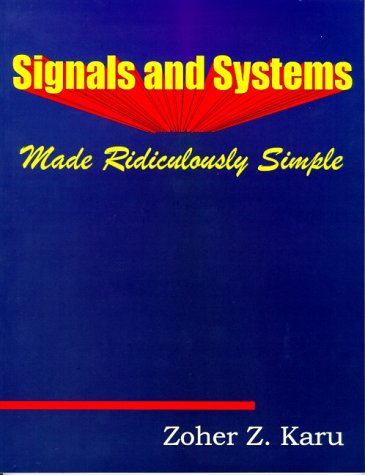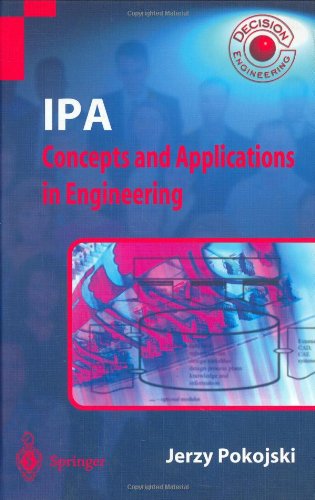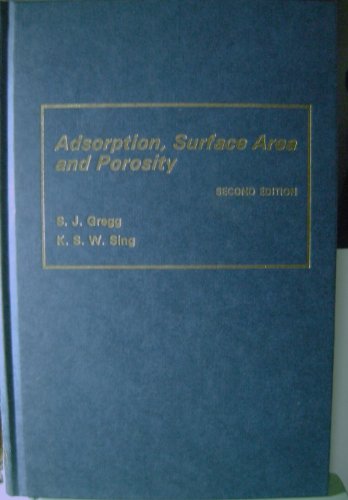Gwidon Stachowiak, A. W. Batchelor9780750673044, 0750673044
Table of contents :
Contents……Page 7
Preface……Page 24
Acknowledgements……Page 25
1.1 BACKGROUND……Page 26
1.2 MEANING OF TRIBOLOGY……Page 27
1.3 COST OF FRICTION AND WEAR……Page 30
2.2 OIL VISCOSITY……Page 36
2.3 VISCOSITY TEMPERATURE RELATIONSHIP……Page 38
2.4 VISCOSITY INDEX……Page 40
2.5 VISCOSITY PRESSURE RELATIONSHIP……Page 41
2.6 VISCOSITY-SHEAR RATE RELATIONSHIP……Page 47
2.7 VISCOSITY MEASUREMENTS……Page 49
2.8 VISCOSITY OF MIXTURES……Page 55
2.9 OIL VISCOSITY CLASSIFICATION……Page 56
2.10 LUBRICANT DENSITY AND SPECIFIC GRAVITY……Page 58
2.11 THERMAL PROPERTIES OF LUBRICANTS……Page 59
2.12 TEMPERATURE CHARACTERISTICS OF LUBRICANTS……Page 60
2.13 OPTICAL PROPERTIES OF LUBRICANTS……Page 68
2.15 LUBRICANT IMPURITIES AND CONTAMINANTS……Page 69
2.16 SOLUBILITY OF GASES IN OILS……Page 70
2.17 SUMMARY……Page 73
3.1 INTRODUCTION……Page 76
3.2 MINERAL OILS……Page 77
3.3 SYNTHETIC OILS……Page 82
3.4 EMULSIONS AND AQUEOUS LUBRICANTS……Page 90
3.5 GREASES……Page 91
3.6 LUBRICANT ADDITIVES……Page 106
3.7 SUMMARY……Page 121
4.2 REYNOLDS EQUATION……Page 126
4.3 PAD BEARINGS……Page 141
4.4 CONVERGING-DIVERGING WEDGES……Page 162
4.5 JOURNAL BEARINGS……Page 171
4.6 THERMAL EFFECTS IN BEARINGS……Page 197
4.7 LIMITS OF HYDRODYNAMIC LUBRICATION……Page 207
4.8 HYDRODYNAMIC LUBRICATION WITH NON-NEWTONIAN FLUIDS……Page 209
4.9 REYNOLDS EQUATION FOR SQUEEZE FILMS……Page 216
4.10 POROUS BEARINGS……Page 221
4.11 SUMMARY……Page 222
5.2 NON-DIMENSIONALIZATION OF THE REYNOLDS EQUATION……Page 226
5.3 THE VOGELPOHL PARAMETER……Page 227
5.4 FINITE DIFFERENCE EQUIVALENT OF THE REYNOLDS EQUATION……Page 229
5.5 NUMERICAL ANALYSIS OF HYDRODYNAMIC LUBRICATION IN IDEALIZED JOURNAL AND PARTIAL ARC BEARINGS……Page 235
5.6 NUMERICAL ANALYSIS OF HYDRODYNAMIC LUBRICATION IN A REAL BEARING……Page 241
5.7 SUMMARY……Page 279
6.1 INTRODUCTION……Page 282
6.2 HYDROSTATIC BEARING ANALYSIS……Page 283
6.3 GENERALIZED APPROACH TO HYDROSTATIC BEARING ANALYSIS……Page 291
6.4 OPTIMIZATION OF HYDROSTATIC BEARING DESIGN……Page 292
6.5 AEROSTATIC BEARINGS……Page 300
6.7 STABILITY OF HYDROSTATIC AND AEROSTATIC BEARINGS……Page 303
6.8 SUMMARY……Page 304
7.1 INTRODUCTION……Page 306
7. 2 CONTACT STRESSES……Page 307
7.3 CONTACT BETWEEN TWO ELASTIC SPHERICAL OR SPHEROIDAL BODIES……Page 309
7.4 ELASTOHYDRODYNAMIC LUBRICATING FILMS……Page 330
7.5 MICRO-ELASTOHYDRODYNAMIC LUBRICATION AND MIXED OR PARTIAL EHL……Page 347
7.6 SURFACE TEMPERATURE AT THE CONJUNCTION BETWEEN CONTACTING SOLIDS AND ITS EFFECT ON EHL……Page 352
7.7 TRACTION AND EHL……Page 368
7.8 SUMMARY……Page 377
8.1 INTRODUCTION……Page 382
8.2 LOW TEMPERATURE – LOW LOAD LUBRICATION MECHANISMS……Page 384
8.3 LOW TEMPERATURE – HIGH LOAD LUBRICATION MECHANISMS……Page 385
8.4 HIGH TEMPERATURE – MEDIUM LOAD LUBRICATION MECHANISMS……Page 406
8.5 HIGH TEMPERATURE – HIGH LOAD LUBRICATION MECHANISMS……Page 413
8.7 SUMMARY……Page 429
9.2 LUBRICATION BY SOLIDS……Page 436
9.3 WEAR RESISTANT COATINGS AND SURFACE TREATMENTS……Page 451
9.4 SUMMARY……Page 467
10.2 SURFACES OF SOLIDS……Page 472
10.3 CONTACT BETWEEN SOLIDS……Page 486
10.4 FRICTION AND WEAR……Page 493
REFERENCES……Page 503
11.2 ABRASIVE WEAR……Page 508
11.3 EROSIVE WEAR……Page 534
11.4 CAVITATION WEAR……Page 549
11.5 SUMMARY……Page 551
12.2 MECHANISM OF ADHESION……Page 558
12.3 CONTROL OF THE ADHESIVE WEAR……Page 573
12.4 SUMMARY……Page 575
13.2 CORROSIVE WEAR……Page 578
13.3 OXIDATIVE WEAR……Page 585
13.4 SUMMARY……Page 592
14.1 INTRODUCTION……Page 596
14.2 FATIGUE WEAR DURING SLIDING……Page 597
14.3 FATIGUE WEAR DURING ROLLING……Page 604
14.5 SUMMARY……Page 614
15.1 INTRODUCTION……Page 618
15.2 FRETTING WEAR……Page 619
15.3 MELTING WEAR……Page 634
15.4 WEAR DUE TO ELECTRICAL DISCHARGES……Page 636
15.5 DIFFUSIVE WEAR……Page 637
15.6 IMPACT WEAR……Page 638
15.7 SUMMARY……Page 640
16.2 TRIBOLOGY OF POLYMERS……Page 644
16.3 TRIBOLOGY OF POLYMER COMPOSITES……Page 668
16.4 WEAR AND FRICTION OF CERAMICS……Page 673
16.5 SUMMARY……Page 688
Appendix……Page 694
A1 USER FRIENDLY INTERFACE……Page 695
A8 PROGRAM ‘STABILITY’……Page 0
Index……Page 748







Reviews
There are no reviews yet.